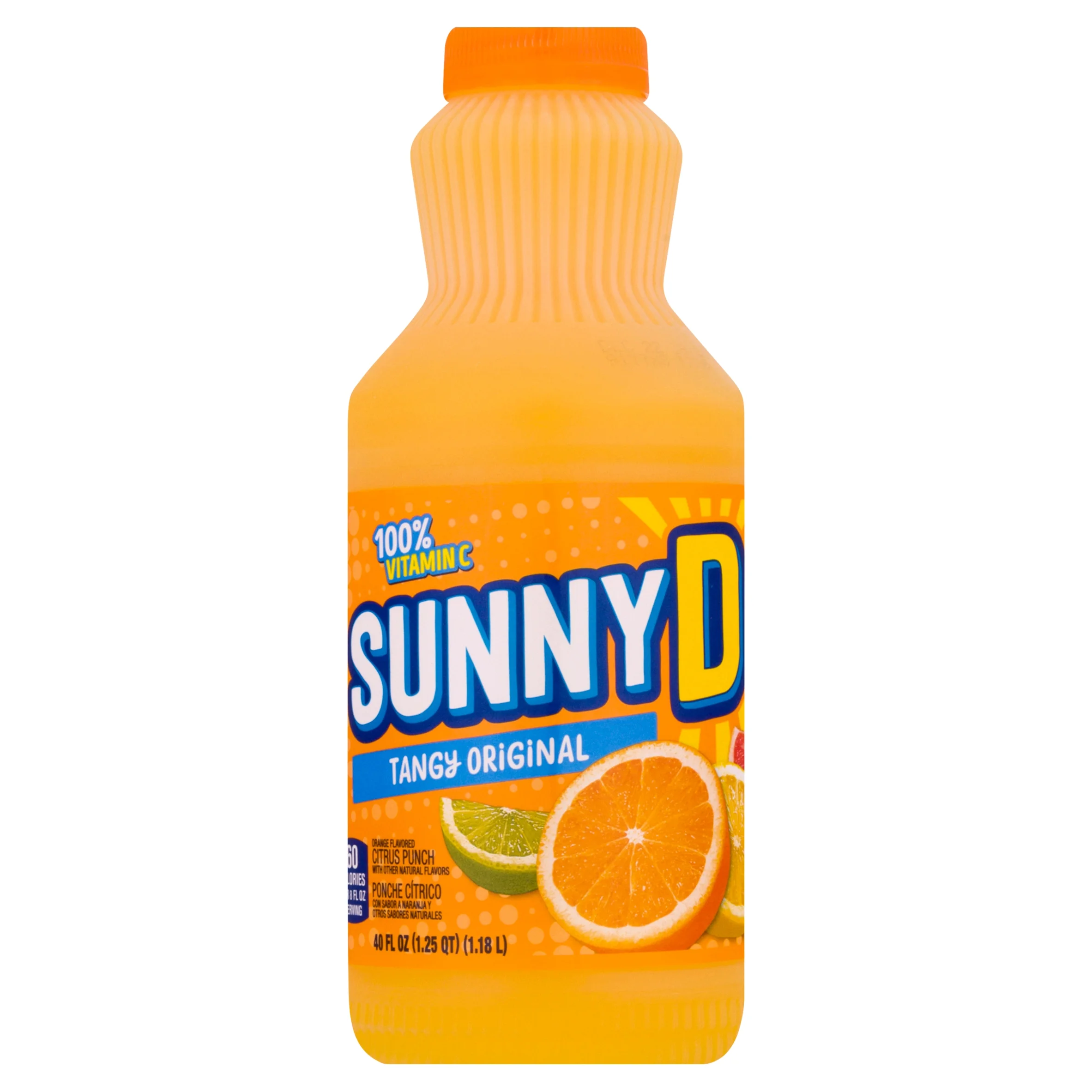

Seems to be a tool for taking an image and Geo-locating it, even in cases where other sources of data like Googles street map cars are insufficient.
🇨🇦


Seems to be a tool for taking an image and Geo-locating it, even in cases where other sources of data like Googles street map cars are insufficient.


But, what does that actually achieve besides limiting Canada’s ability to, for example, seize assets? TikTok, being a digital platform, isn’t very dependent on regional presence; it’s not like you’ve gotta head to their offices to post/view content.
If TikTok/ByteDance isn’t complying with Canadian laws/standards, Canada no longer has leverage to influence change.
How does this actually ‘harm’ TikTok and/or protect Canadians?


The article writer’s didn’t even read the paper they are reporting…
This is power-over-skin. Ie: power transmitted from one device to another via human skin. It’s not harvesting or generating energy from the human body.
The research paper, published by Andy Kong, Daehwa Kim, and Chris Harrison from Carnegie Mellon University, notes that the human body is particularly efficient at generating 40 MHz RF energy.
No. It doesn’t. At all…
Page 1 of the research paper PDF:
We call our technique Power-over-Skin Prior work has found that the human body is particularly efficient at conducting 40 MHz RF, while largely confining transmitted power to the body


Seems it’s a re-write of this article from Monday, leaving out the transmitter part.
https://hackaday.com/2024/11/04/power-over-skin-makes-powering-wearables-easier/
(their source from 3 weeks ago) https://youtu.be/5PEN04-jyCU?si=JzzeLW6KalDKxOss
Power isn’t harvested from the human body it’s transmitted (in really small amounts) across the body from one device to another, using capacitive coupling and 40MHz AC voltage.


[…] the Government of Canada has ordered the wind up of the Canadian business carried on by TikTok Technology Canada, Inc. The government is taking action to address the specific national security risks related to ByteDance Ltd.’s operations in Canada through the establishment of TikTok Technology Canada, Inc. […]
[…] The government is not blocking Canadians’ access to the TikTok application or their ability to create content. The decision to use a social media application or platform is a personal choice. […]
Sooo, what’s the goal here? How does this help, or effect, Canadians?
Some more reading, for those following along:
This was their stance 2 months ago:
I don’t think that would have changed if not for the backlash Microsoft has received for it.
Now, supposedly it’s optional and off by default, but that could change again anytime…
This seems like a bad time for everyone.
Idk about you, but I take bites of my hotdogs…
Yo short stuff; you can’t be smokin the stickey-icky in my house and not sharing… That’s just rude
pitjob…
…greatest acts of physical intimacy


Telus is the one that’s sent me dozens of notices; they don’t care. They just pass on the message they received and wash their hands.


In Canada, I get letters (well emails) when I rawdawg some torrents; but it’s never gone further than that.
Prior to using usenet, I constantly torrented w/o a VPN (talking 10+ TB of data across 3ish years) and received a new email notice or two every other day. I’ve still got a folder with 60+ notices. ISP doesn’t give af, they just forward the copyright notice in the form it was sent to them, and that’s it.
Now though I primarily use usenet and haven’t gotten a notice since. Downloads are also way way more reliable and faster.


That’s covered in the article you’re commenting on.
Another user on GitHub also pointed out that Microsoft’s own DISM can be used to disable the Recall service without the File Explorer consequences, although Titus points out that this behaviour seems inconsistent, as in his testing, the File Explorer still changed its appearance after a restart. Inconsistency aside, it’s unlikely that any non-technical Windows user will even know what DISM is, never mind how to use it, and this reliance on a command-line utility to remove a controversial feature is indicative of MIcrosoft’s goals.


Because 2 letter tlds are reserved to be issued to countries. Ideally the country’s 2 letter country code.
https://en.m.wikipedia.org/wiki/Country_code_top-level_domain
All ASCII ccTLD identifiers are two letters long, and all two-letter top-level domains are ccTLDs.


at least for the technology-related domains.
It’s not a technology related domain though; it’s a country’s domain that happens to be used for a lot of tech.
With the country dissolving, the domain does too, so it can become available for future countries.


So the .su domain was handed to Russia to operate alongside its own (.ru). The Russian government agreed that it would eventually be shut down, but no clear rules around its governance or when that should happen were defined.
But ambiguity is the worst thing for a top-level domain. Unknowingly, this decision created an environment in which .su became a digital wild west. Today, it is a barely policed top-level domain, a plausibly deniable home for Russian dark ops and a place where supremacist content and cyber-crime have found cover.
I seems IANA would like to not repeat past mistakes.
There’s a simple solution to make everyone happy:

Woke up in the neighbors yard; hoping I just get tipped over before I end up down the street.